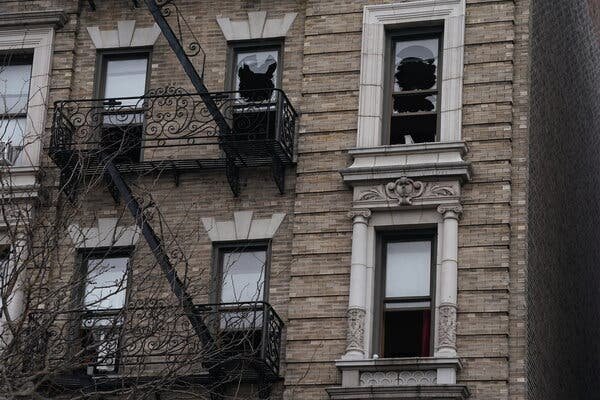The article discusses the surge in whooping cough cases in New York and nationally, emphasizing the importance of vaccination, especially for pregnant women and close contacts of infants. It also highlights the issue of food insecurity affecting many New Yorkers, provides tips on water conservation during drought, and mentions the risks of wildfires in the state. The information ends with a reminder about Code Blue Weather Emergency notices and the importance of helping vulnerable individuals during cold weather.
New York Public Health Update: Whooping Cough Surge and Food Insecurity
The latest public health news in New York reveals a concerning surge in whooping cough cases, with 2,337 reported cases this year compared to 687 last year. This bacterial infection poses a severe risk to newborns, with about half of infants under 2 months requiring hospitalization and 1 out of 100 facing mortality. Vaccination of pregnant women and close contacts is crucial to protect newborns before they can receive their own vaccines. Vaccine protection for whooping cough may wane over time, leading to the resurgence of cases. The CDC recommends vaccination for everyone to combat the spread of this highly contagious disease.
In response to the rise in whooping cough cases, community efforts are focused on protecting vulnerable populations, particularly newborns, through vaccination initiatives. The development of new vaccines with more durable protection is underway to address the current challenges in preventing the spread of the infection. Currently, the available combination vaccines, DTap and Tdap, offer protection against whooping cough, tetanus, and diphtheria.
Food insecurity is another pressing issue affecting New Yorkers, with 1.9 million individuals experiencing insufficient access to food. This represents a 76% increase since last year, with 1 in 6 households with children lacking adequate food supply. To address food insecurity, various food assistance programs provide free or reduced-cost food to those in need. In New York City, rates of food insecurity are highest in the Bronx, where 1 in 5 residents and 1 in 3 children face food insecurity challenges.
During times of drought, water conservation efforts are critical to mitigate risks and ensure sustainable water usage. Dry conditions have also heightened the threat of wildfires in New York, with recent incidents like the Jennings fire prompting swift response from firefighting professionals and volunteers. Additionally, Code Blue Weather Emergency notices are issued when temperatures drop below freezing, ensuring that vulnerable individuals have access to shelter during harsh weather conditions.
As part of the New York public health update, these key issues highlight the importance of vaccination, food security, water conservation, and emergency response measures to safeguard the well-being of the community. Stay informed and take proactive steps to protect yourself and others in the face of these public health challenges in New York.
Source: TheCity.NYC









